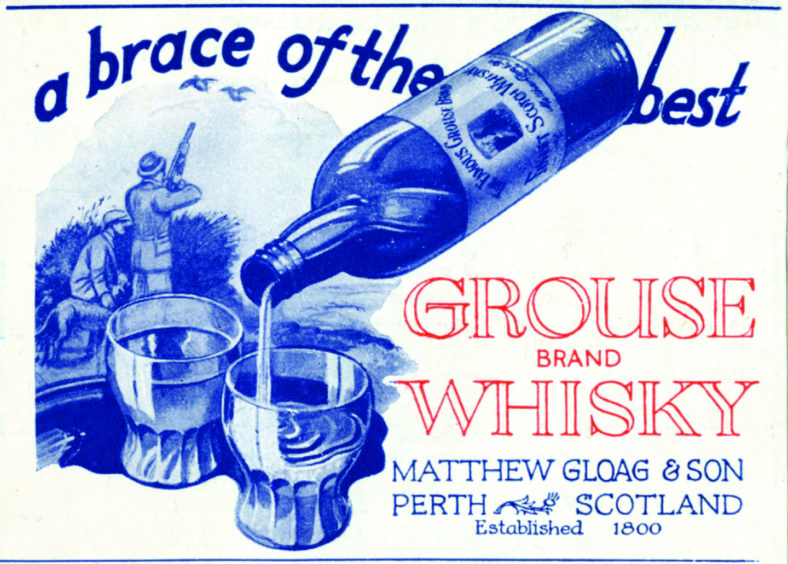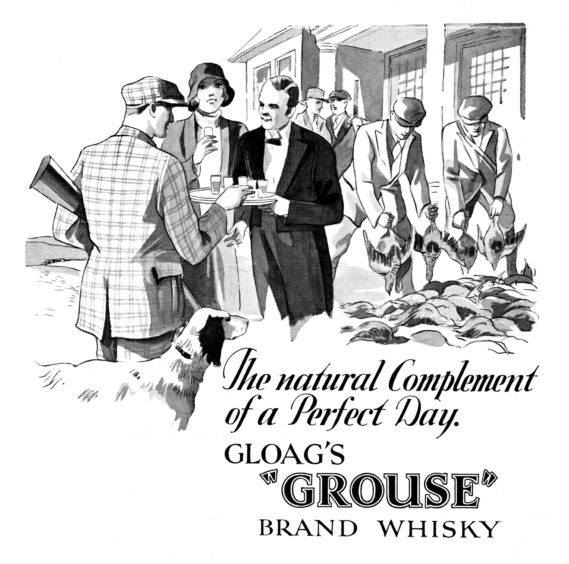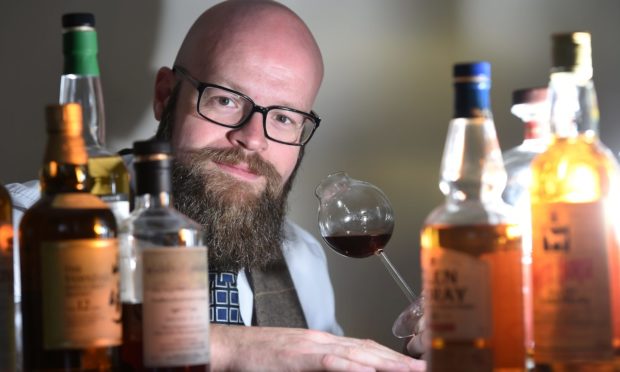Whisky writer Andrew Flatt looks back at the history behind one of the UK’s most popular whiskies – the famous grouse
August 12 heralds the arrival of the grouse shooting season across the UK.
The Glorious Twelfth, as it is often referred to by those in the shooting industry, and the sporting pastime it represents, provided inspiration for one of the whisky industry’s leading brands – at times being one of the best-selling and arguably one of the best-known labels in the country.
The Famous Grouse is as much of an icon in the whisky industry as the bird on the bottle has become to shooting enthusiasts worldwide.
It evolved from humble beginnings at a small grocery shop in Perth, originally owned by Joseph Brown, but it wasn’t until Matthew Gloag married the daughter of Brown that the whisky part of the story really begins.
By 1835 the shop, situated in Atholl Street, Perth, was then both a wine and spirits merchant.

As with many of their contemporaries these spirits merchants soon found themselves entering the fashionable and burgeoning blended whisky market when the whisky industry took off and demand surged after the more fashionable French spirits industry was devastated in the mid-1860s by an outbreak of disease in the grape crop – phylloxera.
Fast forward to the late 1800s and the Gloags were targeting the affluent socialites and upper classes who were travelling to Scotland to shoot with their Gloag’s Grouse Brand.
Their adverts of the time prominently featured shooting parties returning home from a day’s sport to enjoy a warming dram – something that is not reflected in the brand’s present-day marketing.
After the Second World War the Famous Grouse and The Grouse were to become one and the same although the original Red Grouse image, first painted by Philippa Gloag many years previously, still took pride of place on the bottle, until 2010 when it was redrawn by wildlife artist Rodger MacPhail.

Exports to America played a large part of the success of the company. By the start of the 1960s they were exporting 12 million gallons and those exports more than doubled to 33 million gallons by the end of that same decade.
By the end of the 1970s the company had sold more than one million cases for the first time, and by the end of the 1980s it was well in excess of two million.
The Gloag family sold the brand to Highland Distillers for £1.25 million in 1970, but the family involvement only ended in 2002 with the retirement of Matthew Irving Gloag.
After a series of mergers and buy-outs Highland Distillers is now part of the Edrington Group, who still own the brand along with The Macallan, Highland Park and The Glenrothes. However, they no longer own the distillery that was often thought of, and indeed was marketed as, the home of the Famous Grouse – The Glenturret Distillery, which is located on the outskirts of Crieff.
And just in case you are wondering just what the world’s most famous grouse itself is called, it is lovingly referred to as Gilbert.
Andrew Flatt is an independent whisky writer, event host and spirits reviewer based in Inverness. He was a judge for the 2020 World Whisky Awards and was recently nominated for an Icon of Whisky Award as Communicator of the Year.
Find out more at www.AmateurDrammer.com
